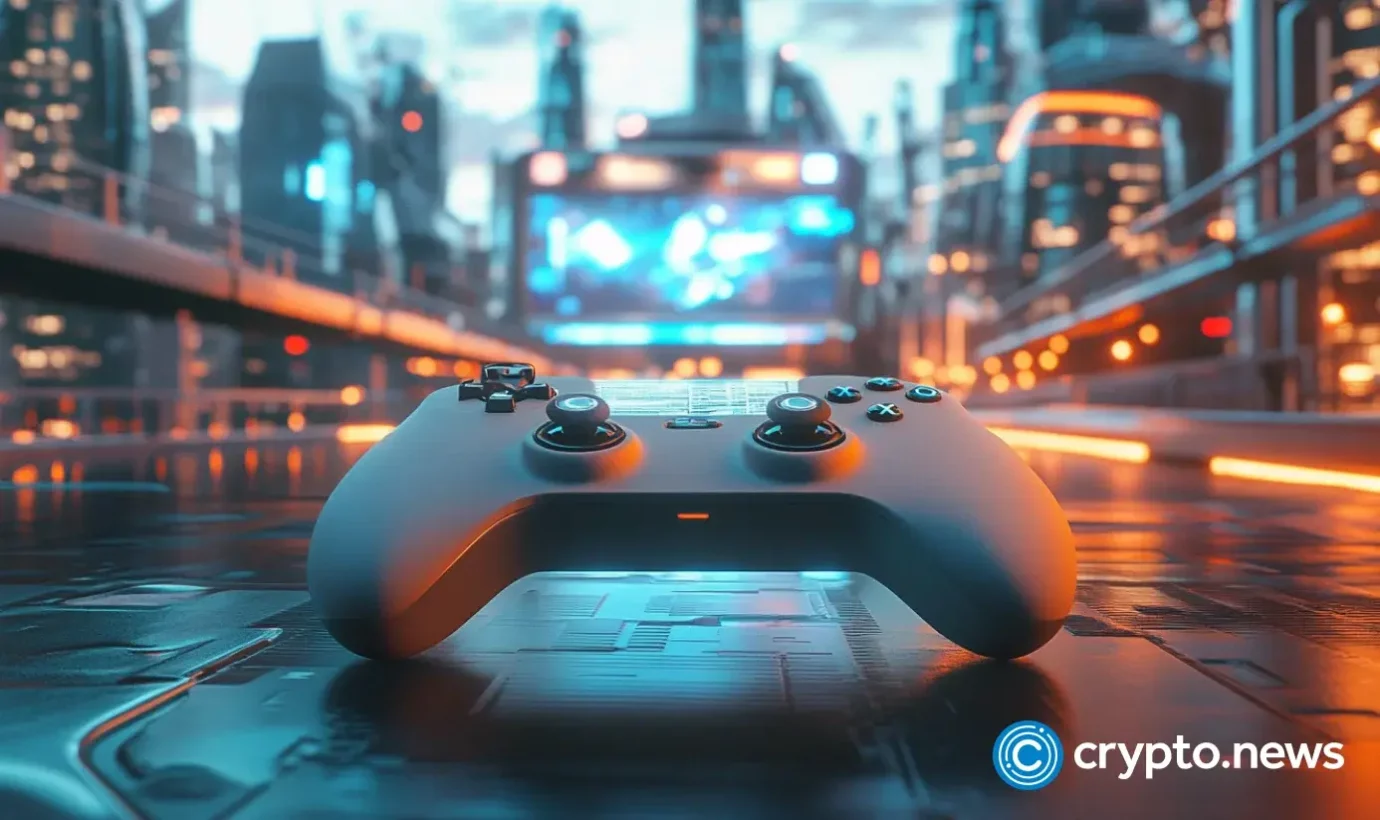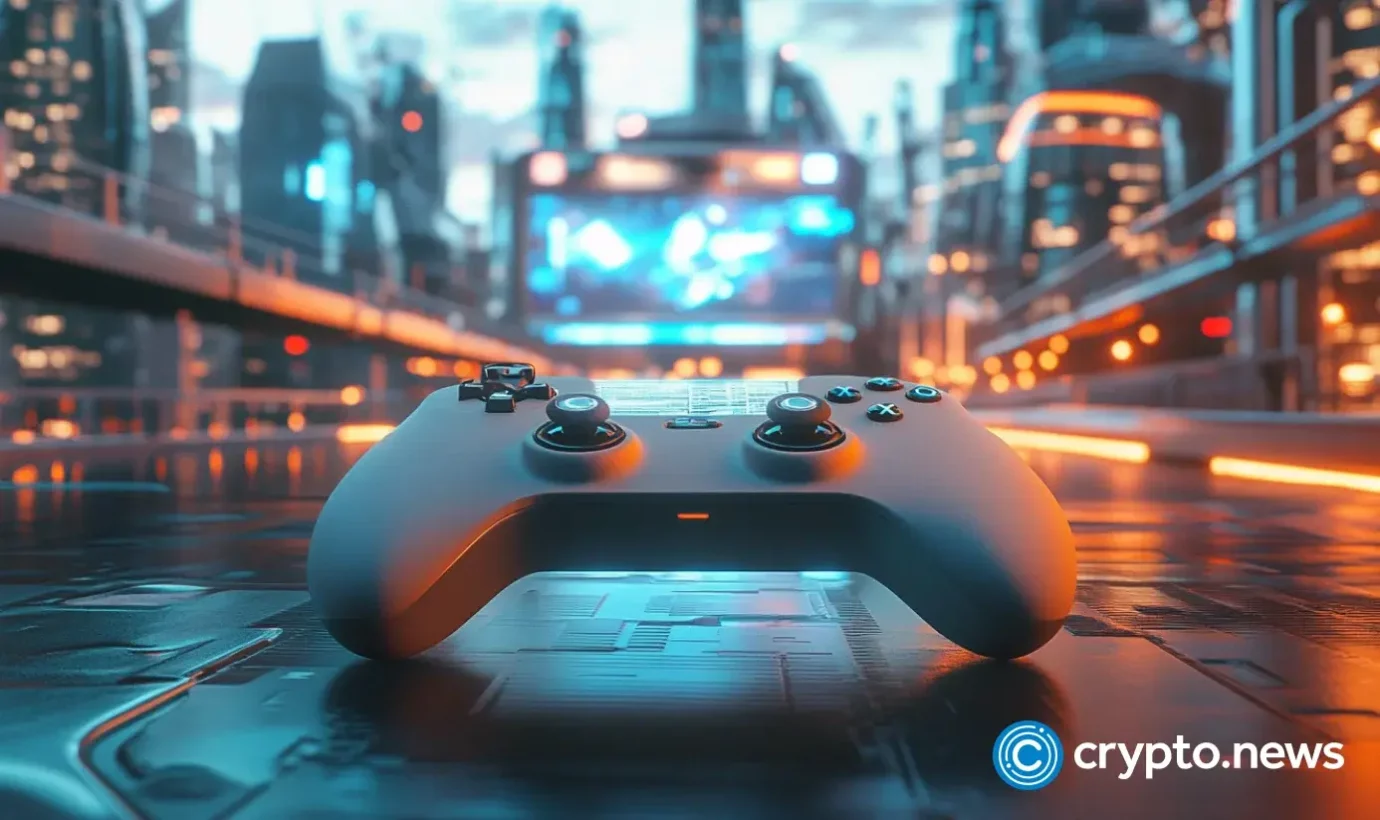It’s no secret that web3 gaming has struggled to take off. However, if the web3 gaming-related sector wants to make its mark on the global entertainment market, it must focus on what makes it unique. Current trends such as tap-to-earn and other arcade-like models are far from that.
With blockchain technology, web3 game developers can create games designed for players with complete rights to their virtual goods. This is a gateway to new in-game economies and speaks to a new generation of players who use platforms like Roblox.
These gamers are used to creating assets and making legitimate profits from them, where players can monetize their creativity in a dynamic and legitimate in-game economy. It is not uncommon for this group to see these games as lucrative full-time jobs. This is where web3 gaming can find its perfect fit.
History replays itself
Having the mature market of traditional video games as its competition—with a total value of $200 billion a year—seems like a daunting challenge for web3 gaming. However, this doesn’t necessarily mean that it’s completely defenseless.
This used to be the case for traditional video games, too, which 30 years ago were a niche next to the global movie industry. Today, they have outgrown this market by far, with the gaming industry reaching approximately $227.6 billion in 2023, compared to only $65.21 billion for global subscriptions to over-the-top video-streaming revenue. Games like Fortnite have an annual profit equivalent to half the world’s movie box office.
The current state of things came about when a new generation of users better adapted to technological advancements emerged. Then, people witnessed the potential in the gaming niche, and businesses turned to this segment of the entertainment market. Can this be the case for web3 games in three or five years?
An economy in (and of) leisure
The number of video game enthusiasts continues to grow each year, and they are welcomed by new platforms with new business models. This is especially the case for younger generations, who are more likely to treat gaming as their primary leisure time activity and entertainment.
Children and teenagers have plenty of free time to spend on leisure. They can easily spend 10 to 12 hours a day “grinding” or gathering adequate gear in a video game. However, for adults, this free time shrinks in the face of responsibilities, including financial ones. Many games lose long-lasting players at this point in the life cycle of their products mainly because they weren’t designed to balance engaging gameplay with monetary incentives—this is precisely the challenge that web3 is uniquely equipped to address.
Would it be possible to play for a living and choose it as your career path? A few years back, this idea seemed ridiculous. Obviously, a few chosen ones could treat playing as a full-time job thanks to e-sport competitions or streamer revenues. For most, however, these doors would remain shut.
The Roblox model
However, if we look a bit closer at a few renowned, massive multiplayer web2 games, we find complete financial systems that can illuminate a different perspective. For over two decades, MMO RPGs like World of Warcraft or EVE Online have had players ready to pay real money for anything from leveling up characters to obtaining in-game currency used to buy coveted items. Many skilled players treat these activities as their main source of income.
No platform is a better example of in-game time capitalization than Roblox, however. We could even see it as a bridge between what happens in web2 and what would be possible with web3 models.
Being more of a social platform than a game, Roblox has provided its users with an experience based on community-created content. Roblox allows players to create their own assets and monetize these products by gaining “Robux,” its in-game currency. After reaching a certain level, they can choose to convert these coins into real currency. This is an economy mostly powered by creators, allowing both parties (the company and the players) to earn their share.
Lo and behold, Roblox’s MAU reaches 300 million players. The platform has become the leisure activity of choice for a whole generation of new gamers in the Gen Z demographic. It turns out that providing players with freedom and tangible (financial) rewards for their creativity does create an enormous amount of user engagement. Its model has created the right balance between financial incentives and good gameplay.
However, Roblox is not a blockchain-based project. Players do not own their creations and are forced to pay significant fees to obtain profits. As developers indicate on their website, only 29% of the sold asset’s value is returned directly to its creator. The rest is distributed to cover platform expenses or goes to the game developers’ pockets.
Web3 can balance incentives with gameplay
It’s easy to see how adopting a model like Roblox to include the benefits of having a decentralized and permissionless onchain economy could be the logical next step in the evolution of gaming. This could start by allowing players to manage their in-game assets and go as far as designing new in-game economies.
From a web3 perspective, this approach could also be the solution to the lack of quality in web3 games today. A platform that gathers users by providing them with the right incentives would leave game developers to focus and compete solely on designing the best gameplay.
Currently, most web3 games are in the stage of searching for their path or, in the worst of cases, only attracting users in search of a quick buck. It’s no secret that this is what drives the success of certain categories, such as play to earn and now tap to earn. This has been very unappealing to a whole generation of gamers who never saw gameplay mixed with financial incentives.
However, younger users who are raised on titles such as Roblox, Fortnite, or Albion Online have different expectations. They also seek quality entertainment and opportunities to socialize with other players, but financial components are already a part of the game for them.
That is precisely where the new path for web3 gaming must be laid. GenZ players are already used to economic mechanics, and the demand for the possibility of capitalization will increase as time goes by. They are in the middle of the road. All we have to do is design platforms that improve the overall quality of the experience, and web3 gaming may well be the birthplace of the next Roblox.


